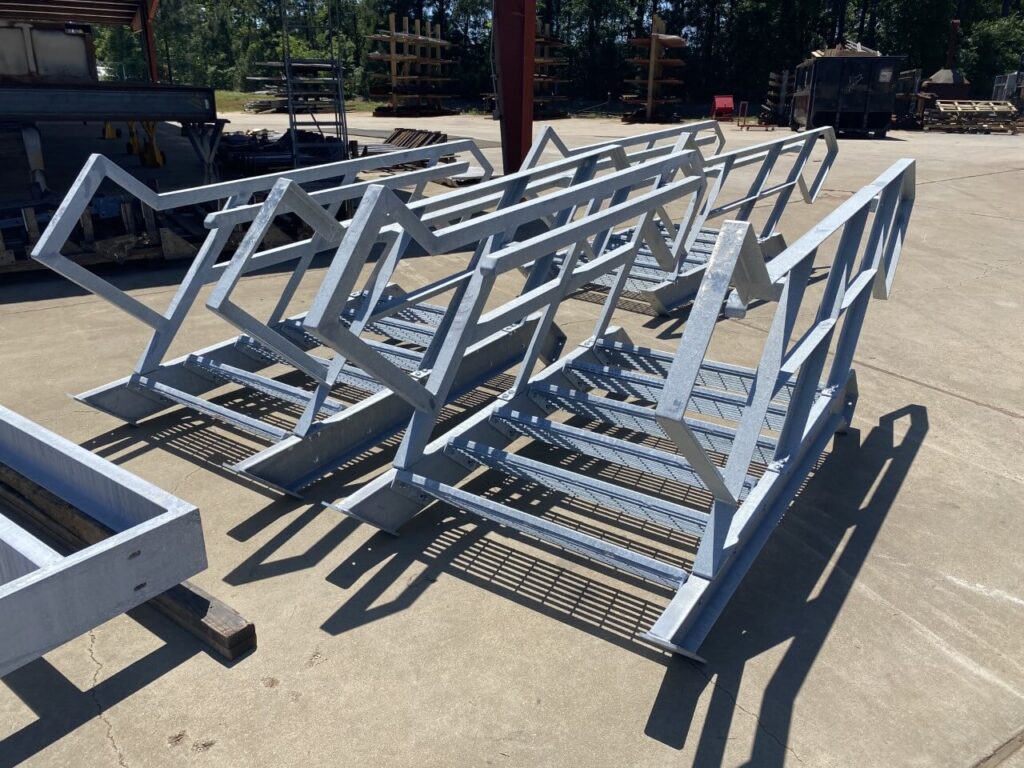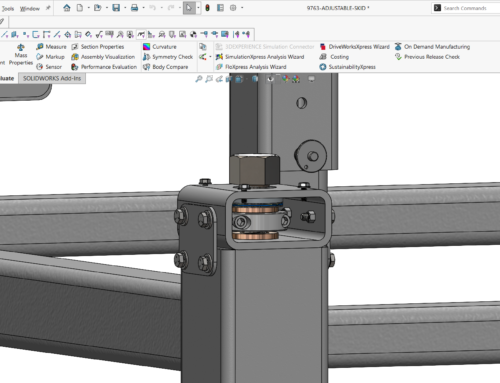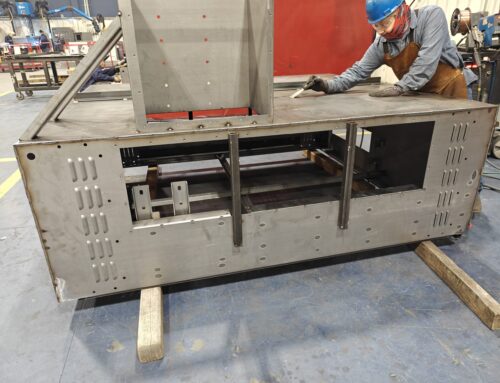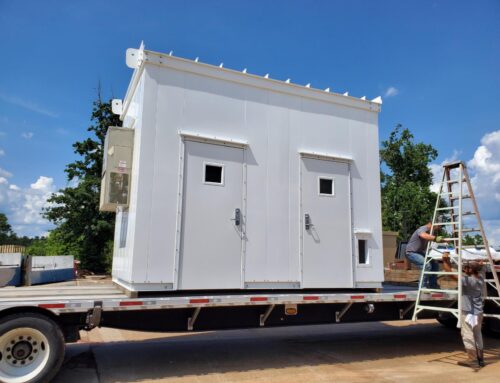Hot-dip galvanizing (HDG) is one of the most popular finishing options we offer here at Ameritex. We rely on trusted third-party vendors to expertly perform this service.
A coating process used primarily for steel parts, hot-dip galvanizing involves submerging a carefully prepared part into a tub of molten zinc, which creates protective layers that can stand up to virtually any environmental conditions. Galvanized steel is known for its superior corrosion, abrasion, and wear resistance, which increase the longevity of custom fabrications.
If you’re considering galvanizing your steel parts, we want you to get the most from this exceptional finishing option. Here are some dos and don’ts to consider when designing parts for hot-dip galvanizing.
Dos and Don’ts of Designing Parts for Hot-Dip Galvanizing
DON’T design parts too thin

Since hot-dip galvanizing is done at such a high temperature—around 842 degrees Fahrenheit!—it has the power to deform sheet metal, warping too-thin panels and resulting in less-than-ideal products.
We recommend ensuring that all sheet metal parts bolt onto your weldment so that they aren’t galvanized together. Another alternative is beginning with a pre-galvanized sheet of metal, so you don’t have to worry about galvanizing post-fabrication.
DON’T design parts too large
Most hot-dip galvanizing kettles are long and narrow, measuring about 40’ long x 10’ deep x 5’ wide, so it’s important to design parts that are small enough to be flipped and turned in that size vat.
Parts can be double-dipped if unable to fit in one direction. However, if the depth and the width are both too large to fit, the product will need to be separated and then welded back together post-galvanizing—often resulting in less coating at the welded joints.
There are a few hot-dip galvanizing vendors with kettles measuring up to 8’ wide, but lead times are typically longer for this specialty solution. For this reason, we always recommend aiming for the 5’ kettles if possible.
DO design weep holes
If a custom fabrication that is about to be hot-dip galvanized has any air pockets, the heat from the process could cause an explosion and result in a coating failure. To prevent air pockets from forming, galvanizers will torch holes in the product at all the corners that could potentially trap air.
When possible, we like to get ahead of this problem so that we can cut the weep holes cleanly with a laser rather than having them burned with a torch. We recommend designing weep holes into your product for this reason. This consideration is especially crucial for applications such as pipe handrails and square tubing that use welded end caps.
DO design lift points
Galvanizers use cranes to lift products they are coating, so you’ll need to ensure that there are designated areas on your product that can become sturdy lift points. In some cases, we can bolt temporary bracing onto parts to prevent damage.
Keeping this consideration in mind at the beginning of your design process can save you time in the long run and result in a superior finished product.
Get the Most from Hot-Dip Galvanizing
With these considerations in mind, you’ll be well on your way to obtaining a successful hot-dip galvanized coating for your custom fabrication.
If you have questions about the tips covered in this article or about galvanizing in general, feel free to reach out for a design consultation before you get too far! Request a quote on our website and note that you would like a design consultation, or email us at sales@ameritexllc.com.




